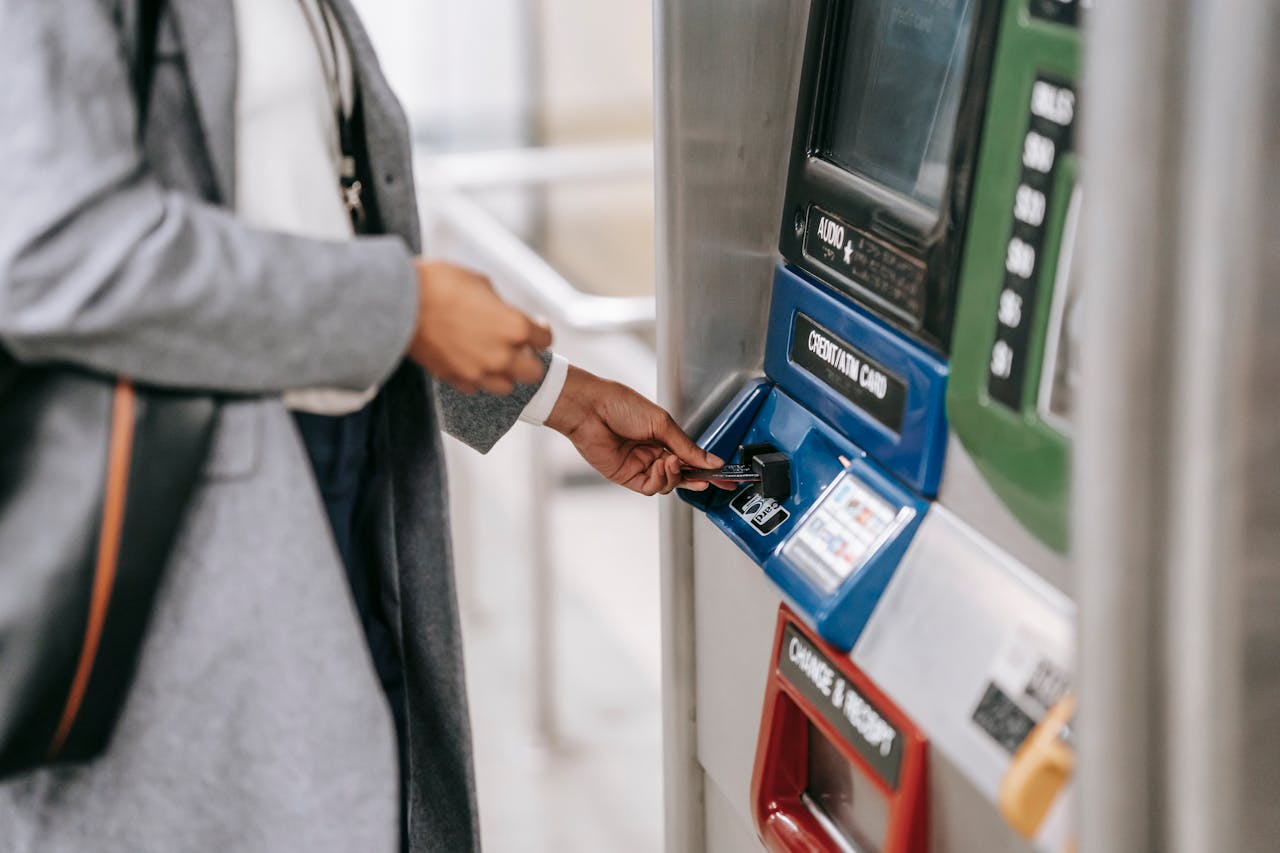

The first half of 2021 has seen a positive growth of agriculture in the Philippines. The industry has managed to survive during the COVID-19 pandemic compared to other severely damaged sectors due to the global crisis, scoring a CAGR of a 3.3 percent contraction while others significantly declined.
During the pandemic, the agricultural industry scored a production contraction of -3.8 percent, recorded in the fourth quarter of 2020. However, numerous systemic problems faced by the country pose a challenge for agricultural production to surpass the current growth rate.
Agricultural production in the Philippines declined due to reducing livestock and poultry demand as consumer preferences shifted to crops and fisheries. However, as the Philippines enter new normal and the COVID-19 case eases, the country faces bottleneck threats shown through the significant increase in agricultural production prices at 8.2 percent in the first half of 2021.
The need to increase agricultural production has been a long-awaited concern as the Philippines' development remains steady.
The government has issued programs and projects to help catalyze the agriculture sector alongside reinforcements of the Rice Tariffication Law (RTL) that utilizes market-oriented policies to benefit the country's agriculture players further.

For years, the Philippines has benefited from investments and an integrated infrastructure system that eases production and transportation costs throughout fisheries' management areas.
However, private investments are needed to support storage issues that the country's fisheries sector has been facing by establishing cold storage facilities and improving logistics and transportation systems' capacity with adequate technology.
The COVID-19 has emphasized the importance of the EcoHealth framework to avoid the spread of zoonotic diseases from livestock and poultry.
The Philippines' government aims to provide technology-based operation system standards for the livestock and poultry players to ensure higher quality products.
The Philippines' government aims to expedite local government units (LGU) to implement agricultural development programs that encourage a high level of social acceptance and participation, eventually providing support for agrarian empowerment.
As the Philippines' economy slowly recovers, crops are expected to become the forefront commodity to increase, mainly due to the government's Rice Competitiveness Enhancement Fund (RCEF) to regulate the prices of the crops alongside good weather coming shortly.
Nevertheless, the first half of 2021 saw a decline in crops output other than rice - a -26.4 percent decline for potato, -15,3 percent decline for abaca, and -13.7 percent decline for onion.
As one of the flagships of the economy, the agricultural sector in the Philippines requires transformation into a more dynamic and productive industry through investments and long-term institutional and innovative interventions, equipping the food system to respond to issues such as food security and poverty reduction in the country.
When seen through a macro-level lens, the Philippines government has given acceptable performance to regulate the challenges faced by the pandemic and natural hazards. Still, the agriculture industry would need a more decisive measure to achieve notable success in the future.

Leading the Charge: Major Players in SEA’s Digital Lending Market
The fintech lending market in SEA is poised for substantial growth, including digital lending which is set to surpass digital payments as the primary revenue driver for the region's digital financial services sector by 2025, with a compound annual growth rate (CAGR) of 33%. This growth is fueled by the widespread adoption of automated loan origination processes and the seamless integration of financial services into digital platforms.

Unlocking Opportunities in the SEA Digital Financial Services Landscape
In recent years, Southeast Asia (SEA) has emerged as a hotbed for fintech innovation, transforming the financial landscape across its diverse markets. This transformation is characterized by a surge in digital financial services (DFS), revolutionizing how individuals and businesses manage their finances. However, the journey is not without its challenges, and understanding these is crucial for stakeholders aiming to navigate this rapidly evolving sector.

How SEA Startups are Navigating Funding Challenges
The startup ecosystem in Southeast Asia (SEA) has long been a vibrant hub for innovation and growth. However, recent global economic shifts and the aftermath of the COVID-19 pandemic have ushered in a new era of funding challenges.

Challenges for Sustainable Recovery in Southeast Asia
Sustainable recovery in Southeast Asia faces numerous challenges, yet also presents significant opportunities for green growth. Addressing sustainable issues is crucial for achieving a resilient and sustainable future.